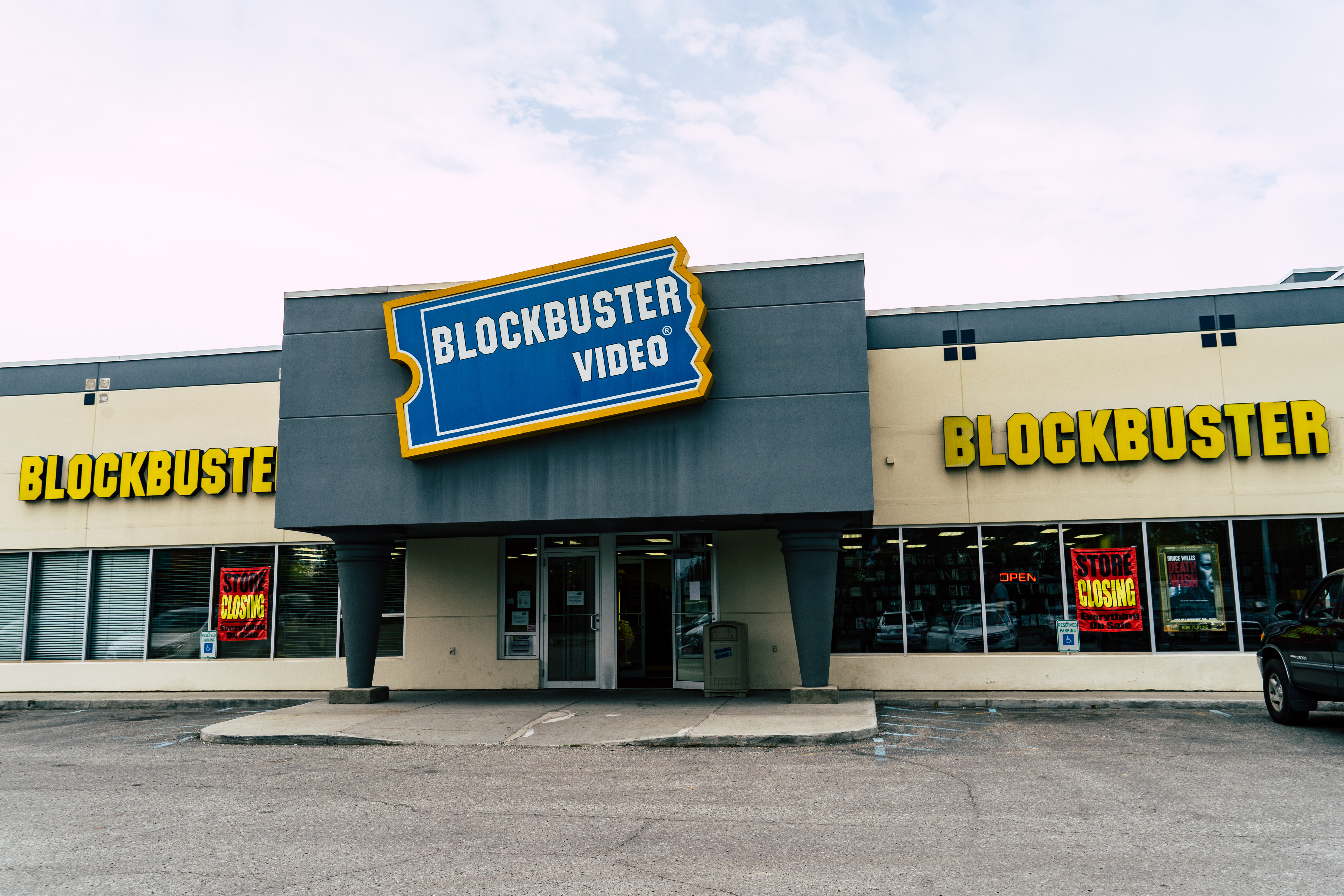It’s been a challenge to find a headline this weekend which didn’t include a reference to DeepSeek. Prior to last week, though, there had been very little mention of the Chinese disruptor in the general domain. Without solely focusing on the AI element itself (I’m not a tech expert by any stretch), it’s the broader concept of disruption that has been of most interest.
The concept of “disruptive innovation” was first introduced in 1997 by a professor at Harvard Business School – a term coined to describe a business, product or idea that has the potential to radically change, or disrupt, an already well-established market, usually through continuous innovation or an edge such as the use of less resources or advanced technology. Whilst DeepSeek is the latest example of this concept, there have been a number of success stories over the last 20 years.
One of the first that comes to mind (alongside a few others) is Netflix. Recognised today as a highly successful global streaming network, its first business model changed the entire video/DVD rental market. Whilst there were a number of independent businesses at the time, Blockbuster was the dominant player in the industry, both in the US and the UK, allowing customers to pick up a film in a physical shop. Netflix, instead of simply providing the same service but better to gain market share (i.e. undercutting on price or having higher quality shops), allowed customers to order DVDs online and have them delivered right to their doorstep – a service that movie-goers didn’t even realise they needed but one that quickly took off.
The company began gaining traction in markets underserviced by the likes of Blockbuster, proving popular in rural areas where people found it difficult to reach the shops. Over time, this convenience was undeniable, and with the bonus of more flexibility and cost-effectiveness, it very quickly became the firm of choice. Blockbuster, in the end, went into liquidation, leaving only a handful of independents. Today, many people have no memory of the once-popular weekend ritual of visiting a video store.

Following its initial disruption, the business has kept innovation at the forefront of its mind – from adopting a subscription-based model to streaming both movies and TV shows, with a focus on original content – and this approach has allowed the company to reach over 300 million subscribers.
Another business that appears to have changed customer behaviour, this time within travel and hospitality, is Airbnb. Prior to this initiative, travellers were seemingly satisfied arranging stays in hotels or B&Bs through travel agents or similar.
A completely new initiative at the time, Airbnb’s platform enables hosts to reach a completely new network of travellers, who they were previously unable to tap into without the vast distribution channels and marketing budgets of hotel chains. From the holidaymaker’s perspective, it has opened a wealth of options by allowing customers to experience the destination more on their terms – enabling them to source accommodation that is available within their price grade, in their perfect location, with access to home comforts and the possibility to bring their pets. Ultimately, Airbnb’s offering has completely changed how many holiday.
The popularity of the platform is evident, with now more than five million Airbnb hosts worldwide and 7.7 million active listings. This dwarfs the current number of hotel options, which stands at less than 200,000.
Coming back to DeepSeek, whilst it is of course too early to tell if DeepSeek will be the next Netflix or Airbnb, it certainly triggered uncertainty in markets and caused the share prices of many incumbents to fall by as much as double digits. However, it is still too soon to know the medium to longer-term impact.
Up until last week, the AI market was solely dominated by a few firms in the US. DeepSeek has changed this by its ability to generate equally accurate responses compared to ChatGPT, but seemingly at a much lower cost and computing power. It’s reported that OpenAI’s most advanced models cost over $100 million to develop, whilst DeepSeek claims it took just two months and under $6 million to build their app – disrupting the belief that high-end microchips and excessive energy and infrastructure spending are required.
On the one hand, knowing that a low-cost model is plausible could cause a wave of innovation, encourage more firms to enter the AI race and also allow a broader range of beneficiaries to adopt AI.
On the other hand, any instability in the AI universe (a possibility of a change in company leadership and more cost-effective options down the line) could cause the end-user to take a step back from making any significant capex spend as yet, temporarily reducing overall AI demand. Perhaps we will get that long awaiting market rotation after all.


